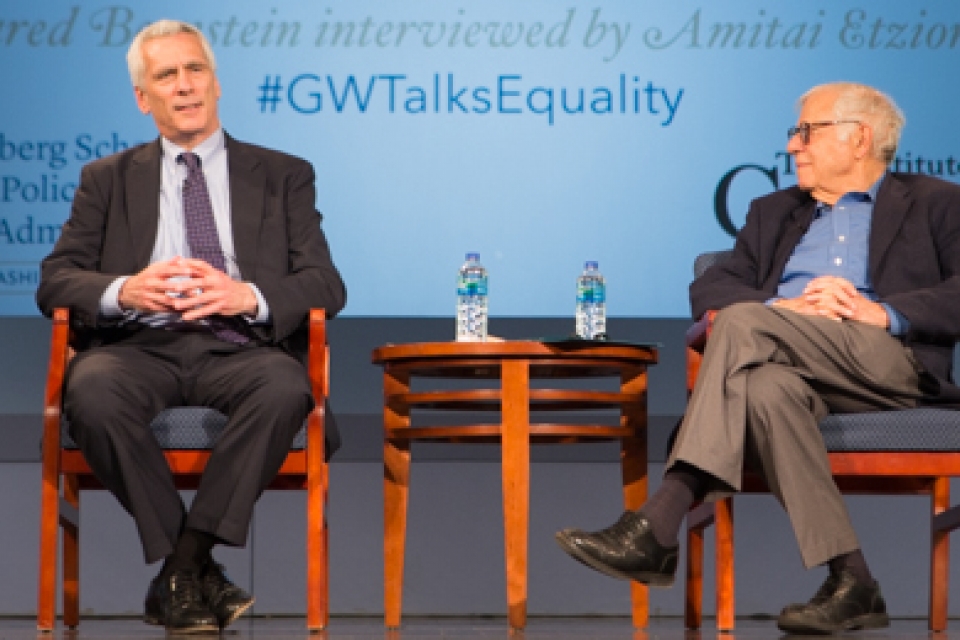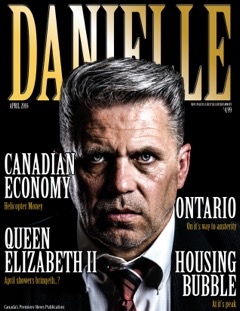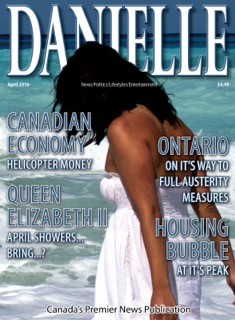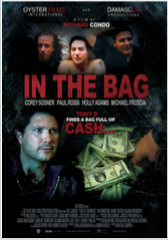MarketsWhat governments can do for the losers from free trade
Subsidised jobs, opportunity zones and patient capital can make a big difference
Jared Bernstein is a senior fellow at the Center on Budget and Policy Priorities. Previously, he was chief economist and economic adviser to Vice-President Joe Biden and executive director of the White House Task Force on the Middle Class. In 1995-96, he was Deputy Chief Economist at America’s Department of Labour. He is the author of numerous books on economics. Follow him on Twitter at @econjared
When I joined the Economic Policy Institute in the early 1990s, we were among the only economists documenting how certain groups of workers and their communities were increasingly displaced by trade. The unions were our allies, but from the centre left to the right, we were castigated as protectionists who failed to understand the basics of comparative advantage.
Latest stories
-
Could Democrats take Virginia’s 7th district?
-
Weather and violence displace millions inside borders every year
-
Shoemakers bring bespoke footwear to the high street
-
Bernard Lewis was the doyen of Orientalists
-
What governments can do for the losers from free trade
-
Exploring German Wanderlust
At the time, the elite consensus was that everyone benefits from trade, and any “transitional costs” were quick and painless. Our growing trade deficits were nothing more than evidence of other countries’ willingness to lend to us, so we might happily consume more than we produce.
Not only could all this clearly be seen in the data to be empirically false (later verified by careful academic work), but it was inconsistent with trade theory, which unequivocally predicts that production workers in the rich country will be hurt by expanded trade with poorer exporters.
It is now clear that globalisation’s cheerleaders did globalisation no favour by ignoring the losers. In fact, they helped deliver President Donald Trump unto us, a claim for which there is also some empirical evidence. History has repeatedly shown that a reliable way to fuel nationalistic, insular, populist politics is to ignore the downsides of disruptive economic change.
Now that we’re finally more “woke” regarding trade’s downsides, how can we help those left behind in its wake? The policy agenda should be guided by a phrase recently offered by French President Emmanuel Macron: “protection, not protectionism”.
Most essentially, workers displaced from high-value-added jobs need their income replaced, and, for cultural, political and dignity reasons, it should be through work. That doesn’t imply bringing back jobs that are lost, but it does require policy to go further than supply-side-only interventions, like training or education support. Specifically, we need a programme where the government creates jobs in places where there are too few employment opportunities.
An economist’s typical response to geographical job deserts is mobility: families should go where the jobs are, which in America tends to mean to move from the heartland to someplace where you can get a soy-skim latte on any corner. In fact, research shows such mobility has long been trending down, meaning policy is going to need to bring jobs to workers.
This could take the form of either public or private (with a wage subsidy) jobs in infrastructure, including green infrastructure: insulation, renewable installations, upgrading public buildings, including public schools (which really need the help). Technical service jobs will also be important in this space, like health-care technicians. These positions will often require retraining. The apprenticeship model—earn while you learn—is a natural for this population.
Subsidised jobs, however, often pay too little for middle-age workers to support their families, even assuming a working spouse. This calls for expanded wage benefits that go far beyond our paltry “trade-adjustment assistance” programmes (displaced manufacturing workers refer to TAA as “burial insurance”). Boosting the Earned Income Tax Credit, a wage subsidy with bipartisan support, would help too. It is no coincidence that Sherrod Brown, a Democratic senator from Ohio who is acutely aware of the struggles of families hurt by trade, co-sponsored a bill to expand the EITC.
To manage their costs, it is necessary for subsidised jobs to be time-limited. Even a generous programme of the type now under discussion would rarely support positions for more than a couple of years. So there needs to be an investment component to help generate lasting private-sector economic activity. However, investment capital has long abandoned most rustbelt areas.
An interesting potential solution may be “opportunity zones” (OZs). Created in the 2017 tax plan, OZs create a tax incentive for investors to commit capital gains to funds that must invest in left-behind places. Previous place-based investment policies have not been particularly inspiring, but OZs are designed to incentivise more patient capital, which is what’s needed if they are to make a lasting difference. The programme is in its infancy, but initial concerns that the tax breaks would go to gentrifying areas, as opposed to places that really need the help, do not seem to be realised.
If this agenda sounds like it’s giving up on manufacturing employment, let me emphatically correct that. First, there is a need for an independent commission to analyse what’s realistic in terms of preserving or expanding our factory sector. While most lost jobs are not coming back, could investment policy create the opportunity for America to claim market share in new industries, such as battery production? Could we expand our existing Manufacturing Partnership programme to help our small manufacturers grow by connecting them with global supply chains?
If your answer to this is “we don’t pick winners,” then a) you’re wrong (look at our tax code), b) you’re stuck in the old thinking that got us into this mess in the first place, and c) let’s see what a non-partisan commission led by scholars without thumbs on the scale comes up with.
Finally, we need to recognise that trade deficits are far from benign. Mr Trump is, of course, wrong to consider them scorecards. But left unchecked, they can make weak economies weaker and even at full employment, they hurt export-sensitive places and sectors. This doesn’t mean we should pursue balanced trade. It means—and note that this view is increasingly held by mainstream economists—that we should rigorously push back on countries that manage their currencies to boost their trade surpluses and our deficits.
The venerable theory of comparative advantage never argued that trade created only winners. Rather, it correctly and powerfully argued that increased trade could generate enough benefits that the winners could compensate the losers and still come out ahead. But it is an economic theory, devoid of politics.
In the American case, it’s not simply that the winners have failed to compensate the losers. It’s much worse: they’ve used their winnings in our pay-to-play political system to buy politicians and policies to protect and build on their winnings at the further expense of the losers.
Given that model, it’s no surprise that those on the wrong side of globalisation would push back against it, or that some charismatic, faux-populist would surface to represent their legitimate grievances. In other words, if we want to help globalisation, we’d better start helping those hurt by it.
The Economist hosted an online debate recently on whether the global trading system is broken. Read the arguments here.
















